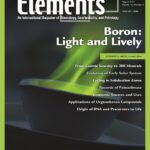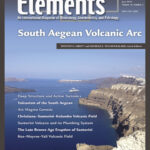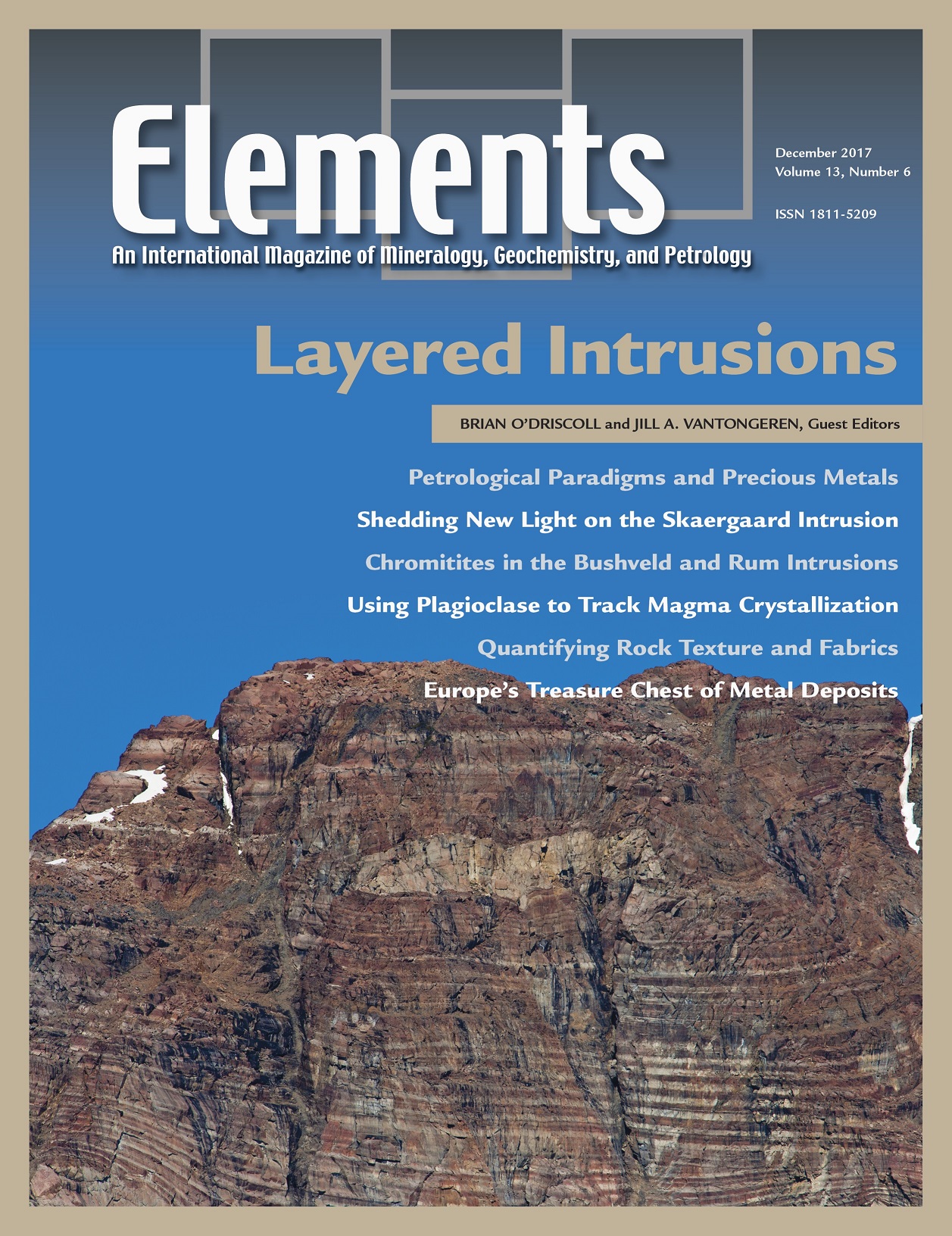
Boron: Light And Lively, August 2017, Vol. 13, No. 4
June 28, 2024
South Aegean Volcanic Arc, June 2019, Vol. 15, No. 3
June 28, 2024Layered Intrusions, December 2017, Vol. 13, No. 6
$20.00
For more than 50 years, layered mafic-ultramafic intrusions have served as natural laboratories for studying magma chamber processes and magmatic differentiation. Further enhancing our understanding of layered intrusion formation will yield valuable insights into the solidification of magmatic systems, the formation of precious metal deposits, and the timescales over which substantial crust-forming episodes occur.
Layered Intrusions
December 2017, Vol. 13, No. 6
For more than 50 years, layered mafic-ultramafic intrusions have served as natural laboratories for studying magma chamber processes and magmatic differentiation. Further enhancing our understanding of layered intrusion formation will yield valuable insights into the solidification of magmatic systems, the formation of precious metal deposits, and the timescales over which substantial crust-forming episodes occur. The aims of this issue of Elements are to offer an overview of the state-of-the-art in the petrology of layered intrusions today and a look forward to the future challenges in the field.
Why You’ll Love Elements Magazine:
- Expert Contributors: Articles written by renowned researchers in the field of geoscience.
- Engaging Content: Join a community of readers who are passionate about Elements.
- Exceptional Quality: Each issue is printed on high-quality paper with stunning visuals and detailed illustrations that bring complex scientific concepts to life.
Order your copy of the December 2017 issue of Elements magazine today and delve into layered intrusions.
Related products
-
Nanogeoscience, December 2008, Vol. 4, No. 6
$20.00At first glance, nano and Earth seem about as far apart as one can imagine. Nanogeoscience seems to be a word connecting opposites.
-
Toxic Metals In The Environment: The Role Of Surfaces, September 2005, Vol. 1, No. 4
$20.00Metals are prevalent in the environment. They are derived from both natural and anthropogenic sources.
-
Frontiers In Textural And Microgeochemical Analysis, August 2007, Vol. 3, No. 4
$20.00Recent advances have been made in high-resolution in situ methods to image mineral growth patterns, analyse compositional and isotopic zonation, and improve our ability to visualize, study, and model rock textures in three dimensions. These advances provide a significant step forward in the understanding of how rocks form and the history they can tell us.




